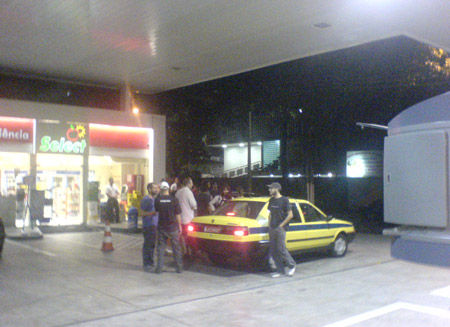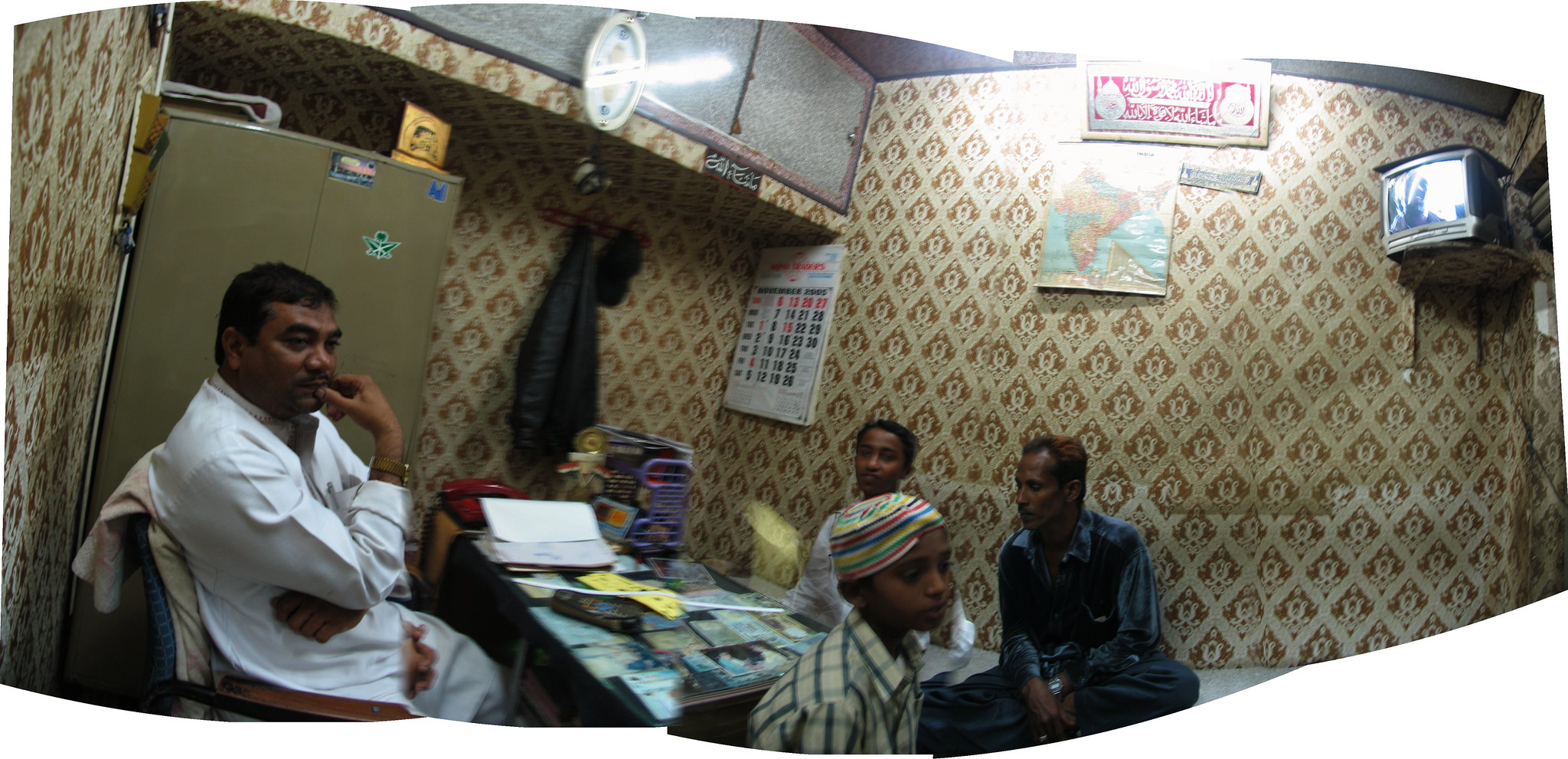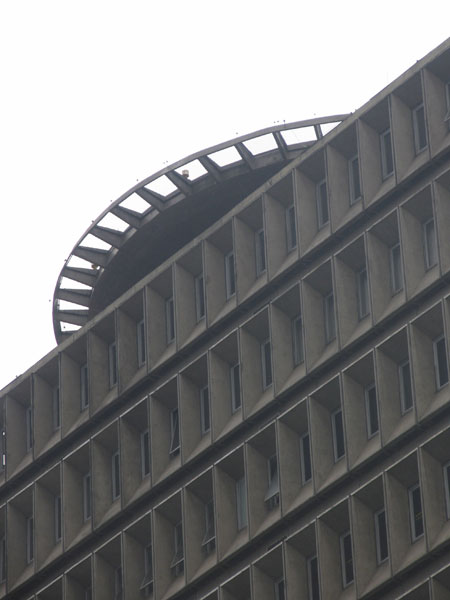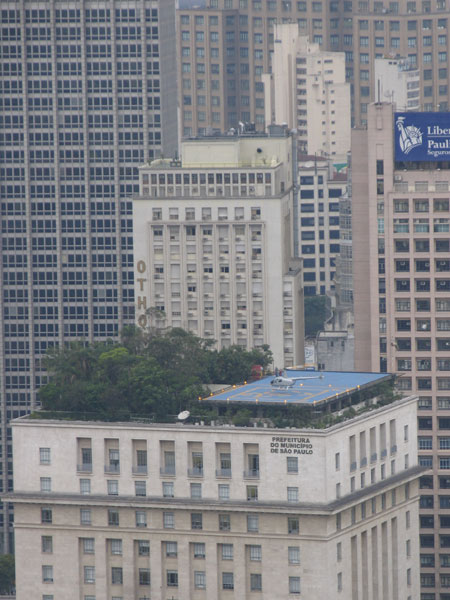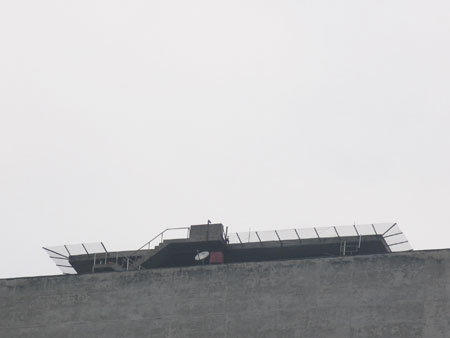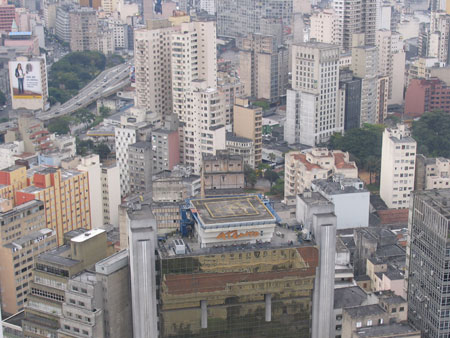São Paulo Metrô
I have blogged about public transport in São Paulo before and i have made someobservations while traveling on the subway (called metrô by the locals) but being back in town i have realized that i have not really given enough credits to the metrô system itself.
The system is absolutely amazing. at the moment it has 4 lines among them two (the red and the blue line) which are mayor ones and two others that act as feeder lines. both main lines run at 2 minutes intervals off-peak and at 60 second intervals during peak hours. apparently the whole system transports about 3.8 million passengers a day and employs a number of sophisticated measures to avoid this massive amount of travelers on a relatively small system to end up in absolute chaos:
Most station have painted waiting corridors on the ground (something that the Brazilians seem to love) which mean that you are supposed to queue up between white lines painted on the ground. Some of the bigger stations enforce structured queueing-up by metal barriers (like at the slaughter-house) and the most busy ones have separate platforms for getting on and off the trains (the doors facing the disembarking platform open before the doors on the embarking side so that passengers can get off before new passengers get on).
The most amazing station in the whole system is ‘Sé’ where the red (east-west) and blue (north-south) lines connect. it feels like as if about 50% of the passengers on either line change for the other one or exit at Sé station. in order for this massive amount of people to flow without interruption the flows within the station have been completely separated: passengers leave the subway cars towards an inside platform that is directly connected to the outside platforms on the other line’s level. at rush hour there is an almost continuos flow of passengers from the blue line to the red line and vice versa, which is quite an amazing sight.
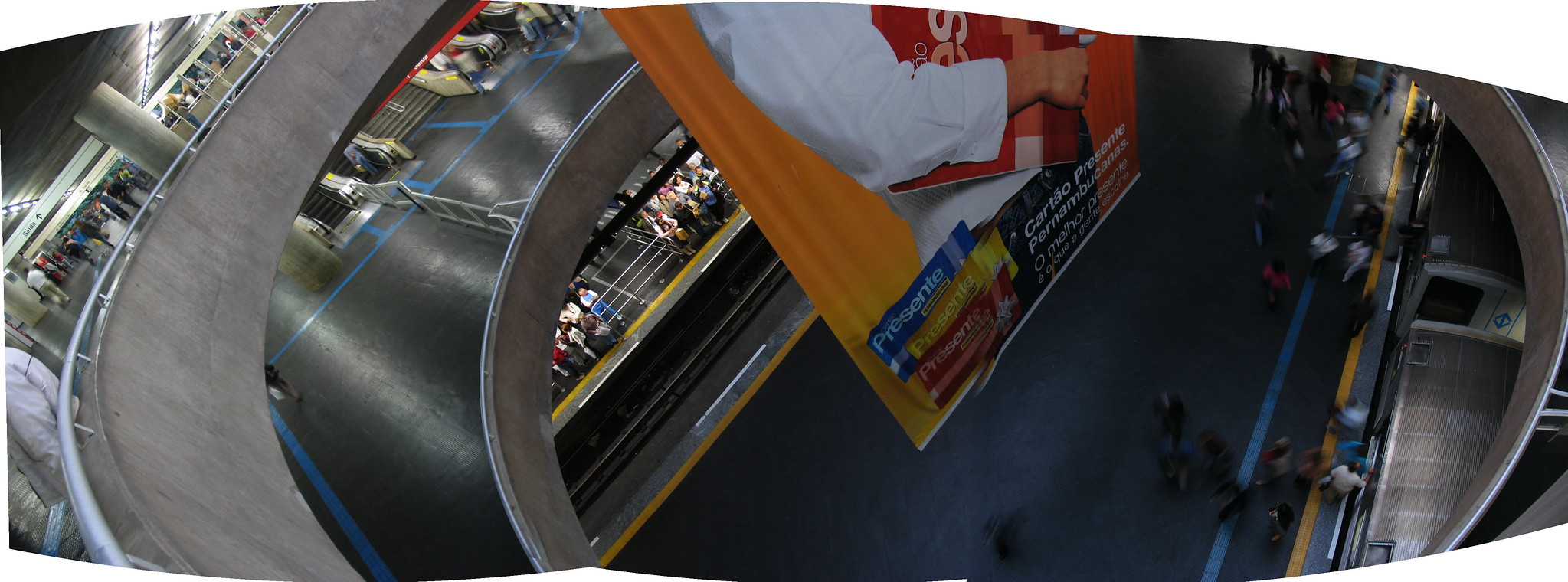
Apart from this extremely well-choreographed handling of masses the fact that they have a station called ‘imigrantes‘ (on the green line) is another reason to love the planners of the São Paulo Metrô…

